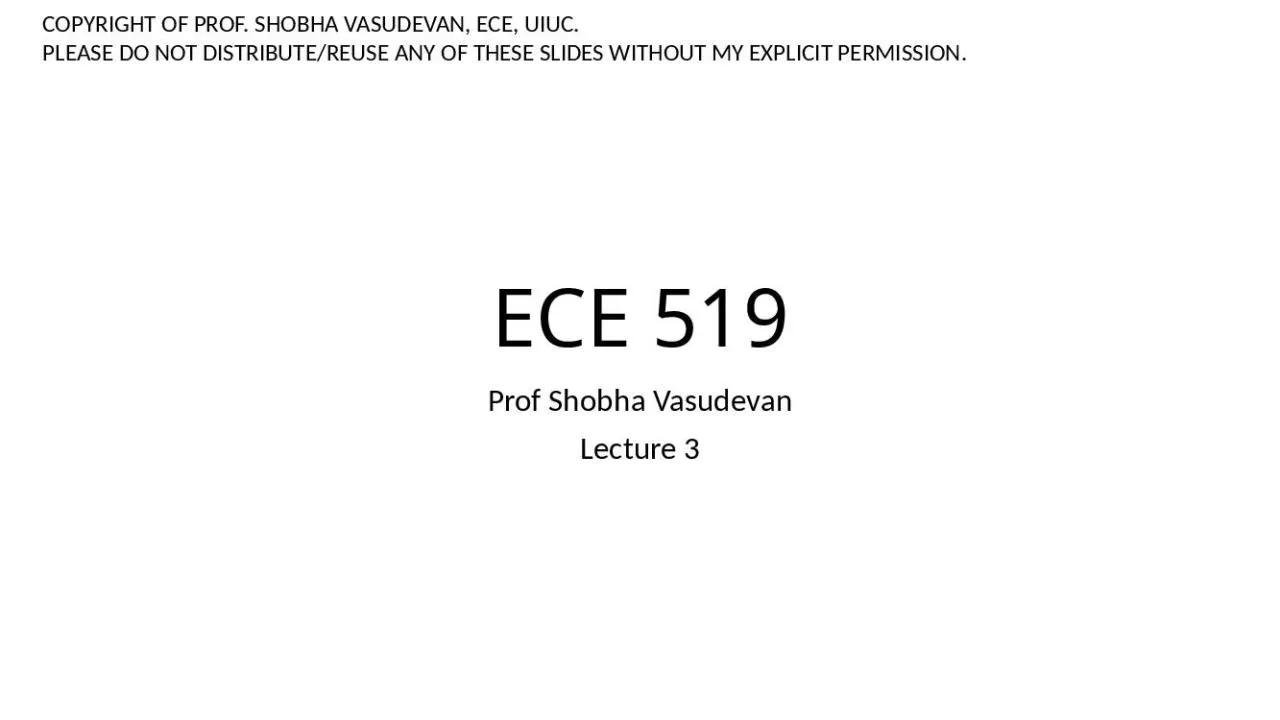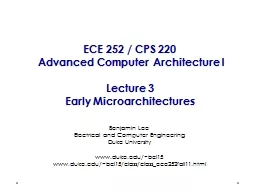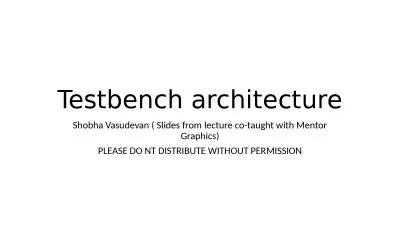PPT-ECE 519 Prof Shobha Vasudevan
Author : unita | Published Date : 2022-05-31
Lecture 3 COPYRIGHT OF PROF SHOBHA VASUDEVAN ECE UIUC PLEASE DO NOT DISTRIBUTEREUSE ANY OF THESE SLIDES WITHOUT MY EXPLICIT PERMISSION Equivalence checking using
Presentation Embed Code
Download Presentation
Download Presentation The PPT/PDF document "ECE 519 Prof Shobha Vasudevan" is the property of its rightful owner. Permission is granted to download and print the materials on this website for personal, non-commercial use only, and to display it on your personal computer provided you do not modify the materials and that you retain all copyright notices contained in the materials. By downloading content from our website, you accept the terms of this agreement.
ECE 519 Prof Shobha Vasudevan: Transcript
Download Rules Of Document
"ECE 519 Prof Shobha Vasudevan"The content belongs to its owner. You may download and print it for personal use, without modification, and keep all copyright notices. By downloading, you agree to these terms.
Related Documents














